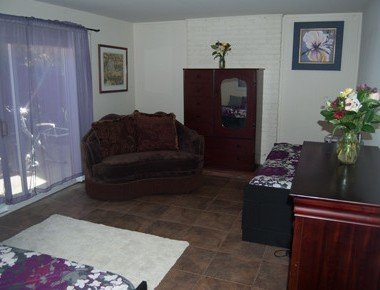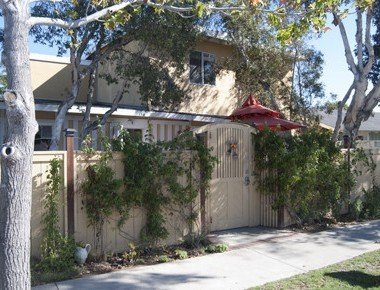
When Inpatient Isn’t an Option
Residential treatment programs are often available to individuals who struggle with addiction. These programs require a substantial commitment, not to mention disrupt a person’s home, family, and work life. Inpatient programs last anywhere from 28 to 90 days,1 but can detox, treatment, and recovery be managed just as well with an Intensive Outpatient Program or IOP in Orange County?
Choosing the outpatient option enables an individual to maintain their work schedule, go to school, or tend to other personal responsibilities while recovering. The cost of full-time rehab can be prohibitive as well.
In fact, a report published by Psychiatric Services in 2014 indicated the outcomes of inpatient care programs and IOPs were similar.2 All studies revealed significant reductions in alcohol and drug use over the course of treatment. Participants tracked in studies examined by this survey mostly included those with alcohol or cocaine dependence, with a mixture of populations across locations and racial/ethnic groups.
What You Can Get Out of Outpatient Programs in Orange County
The benefits of an IOP include:
Distance: The availability of transportation and the distance from home or work are important factors. A facility should also not be near an environment that’s triggered the individual’s substance use in the past. Travel time is psychological as well. Where the treatment facility is located is an important factor in future successes.
Flexibility: Outpatient facilities tend to be more flexible if one type of treatment doesn’t work as well. The protocol can be quickly changed to address the individual’s needs, as flexible resources are more readily available.
Support: The level of support varies no matter what type of program one chooses. An outpatient drug rehab Orange County residents may choose is better with accessible support to help deal with withdrawals, temptations, stress, and potential setbacks.
Inpatient treatment may also not be an option due to cost. One of the primary triggers of substance abuse is financial hardship. Inpatient programs are considerably more expensive than IOPs, which are more cost-efficient while some insurance companies even cover the costs.
Outpatient addiction treatment may involve recovery support, such as a 12-step program, along with counseling and group therapy. Individual and family therapy should be provided as well. Whether one-on-one therapy or group sessions supervised by a trained substance abuse counselor are preferred or recommended, these are available to guide one toward recovery.
Other components of an outpatient rehab program include:
• Cognitive behavioral therapy
• Motivational interviewing
• Contingency management
• Therapist-driven coaching
• Family therapy for parents and adolescents

While an inpatient addiction treatment program may offer 24-hour care, patients are often isolated and restricted. This environment may not be conducive to working toward one’s goals. A sober living IOP in Costa Mesa, for example, can afford a high level of support from professional therapists and one’s family and friends. Relapse prevention techniques can be learned, as well; plus, the person gets to practice them immediately in a real-world environment.
Regardless of the structure of the program, it should be designed to treat physical and psychological elements of addiction. Contact Yellowstone Recovery at (949) 646-4494 for information about its intensive outpatient treatment program to start on the path to sober living.
Sources








